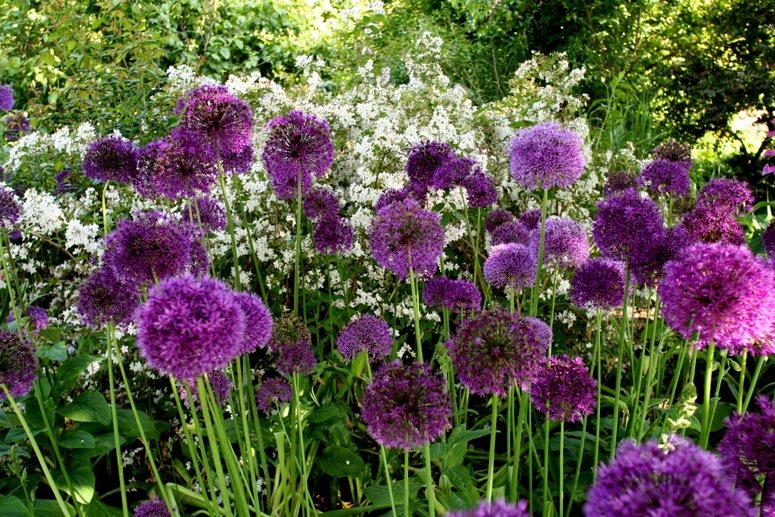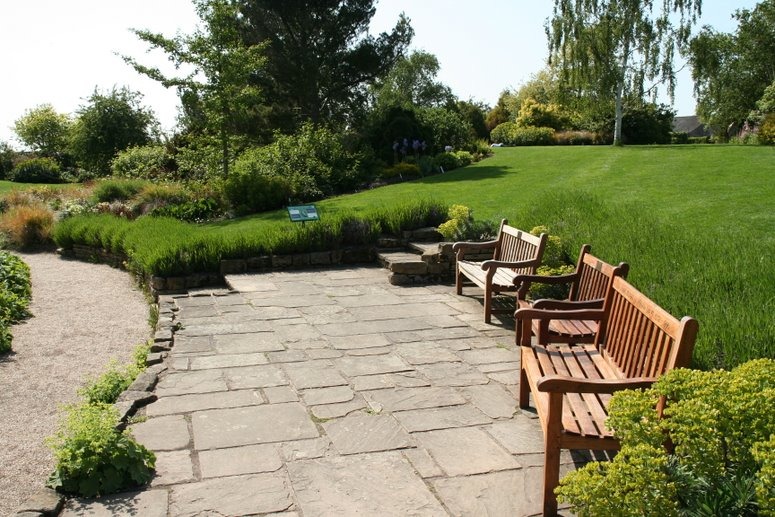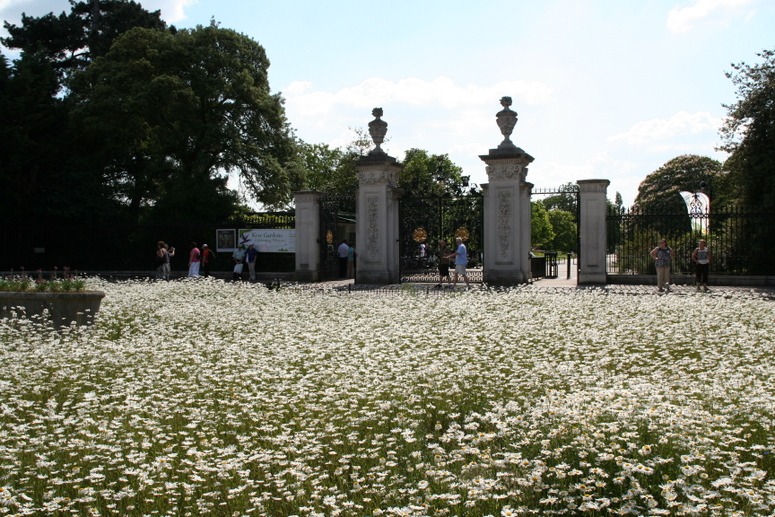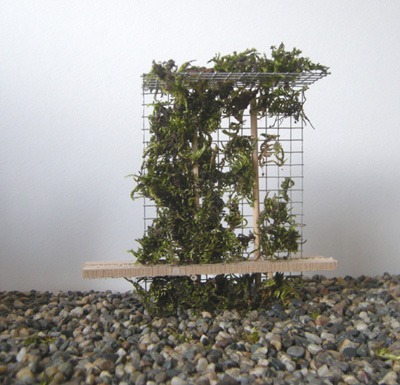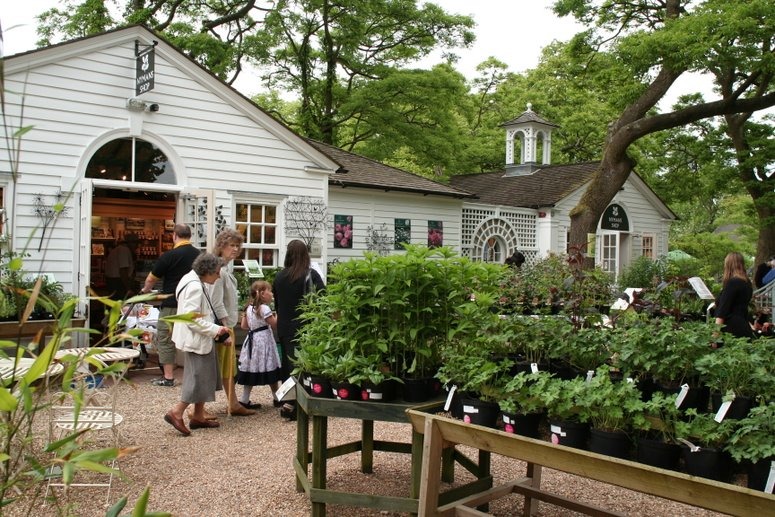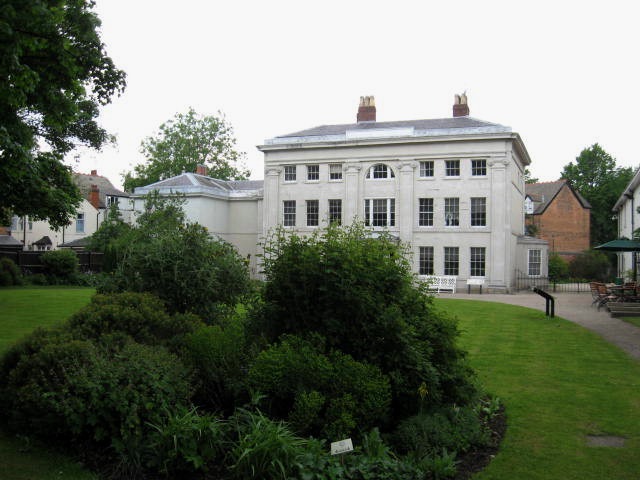 Matthew Boulton was a notable industrialist, James Watt’s partner and the designer of his own ‘landscape garden’, between 1761 and 1809. It was a key period between the classicism of the eighteenth century and the eclecticism of the nineteenth century. Boulton took an interest in many of the arts and sciences of his time. His approach was summarized in verse:
Matthew Boulton was a notable industrialist, James Watt’s partner and the designer of his own ‘landscape garden’, between 1761 and 1809. It was a key period between the classicism of the eighteenth century and the eclecticism of the nineteenth century. Boulton took an interest in many of the arts and sciences of his time. His approach was summarized in verse:
Nor Knight, nor Price nor Burke sublime
I ape in landscape nor in Rhyme
These lines define Boulton’s garden horizons: he was influenced by the Brownian approach; he was not willing to adopt a fashionably picturesque approach; he had a fondness for follies and a fondness for flowers. But, judging from plans and paintings, he lacked design talent. The garden has been carefully and usefully researched by three authors [Phillada Ballard, Val Loggie, Shena Mason: A lost landscape – Matthew Boulton’s gardens at Soho (Phillimore & Co, Chichester, 2009 ISBN978-1-86077-563-5)]. Their work is good but it is a pity they did not invite a fourth contributor: the book lacks the specialist perspective of a garden historian. It lacks a stylistic oversight of the period in which the garden was made. Brown died in 1783. Repton’s career began in 1788 and reached its first peak in 1794. Boulton’s work casts a fascinating light on the ‘gap’ between the famous designers – but the authors seem unaware of their subject’s wider significance. This will not matter to those with a broad kowledge of the period but it could limit the popularity of the book. Another source of regret, for me, is that the conjectural plans of Matthew Boulton’s garden in 1794 and 1809 are casual sketch plans. It they had been drawn with more care they would have been more useful. The book should have been a study in the early development of the picturesque. But I recommend the book to local historians and to specialist garden libraries. Boulton’s house has become a museum and the authors have undertaken a botanically interesting garden re-creation.
Image courtesy jo-h

